-
Welcome to Tacoma World!
You are currently viewing as a guest! To get full-access, you need to register for a FREE account.
As a registered member, you’ll be able to:- Participate in all Tacoma discussion topics
- Communicate privately with other Tacoma owners from around the world
- Post your own photos in our Members Gallery
- Access all special features of the site
Cylinder Head Gasket Replacement V6
Discussion in 'Technical Chat' started by haneyjbh, Jan 7, 2013.


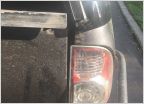 Flatbed Information Thread
Flatbed Information Thread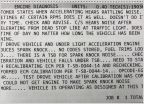 2014 Tacoma engine rattling sound
2014 Tacoma engine rattling sound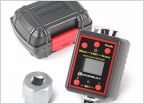 Torque Wrench
Torque Wrench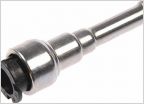 Fuel line repair
Fuel line repair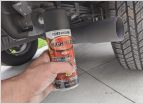 High temp spray paint for exhaust?
High temp spray paint for exhaust?


